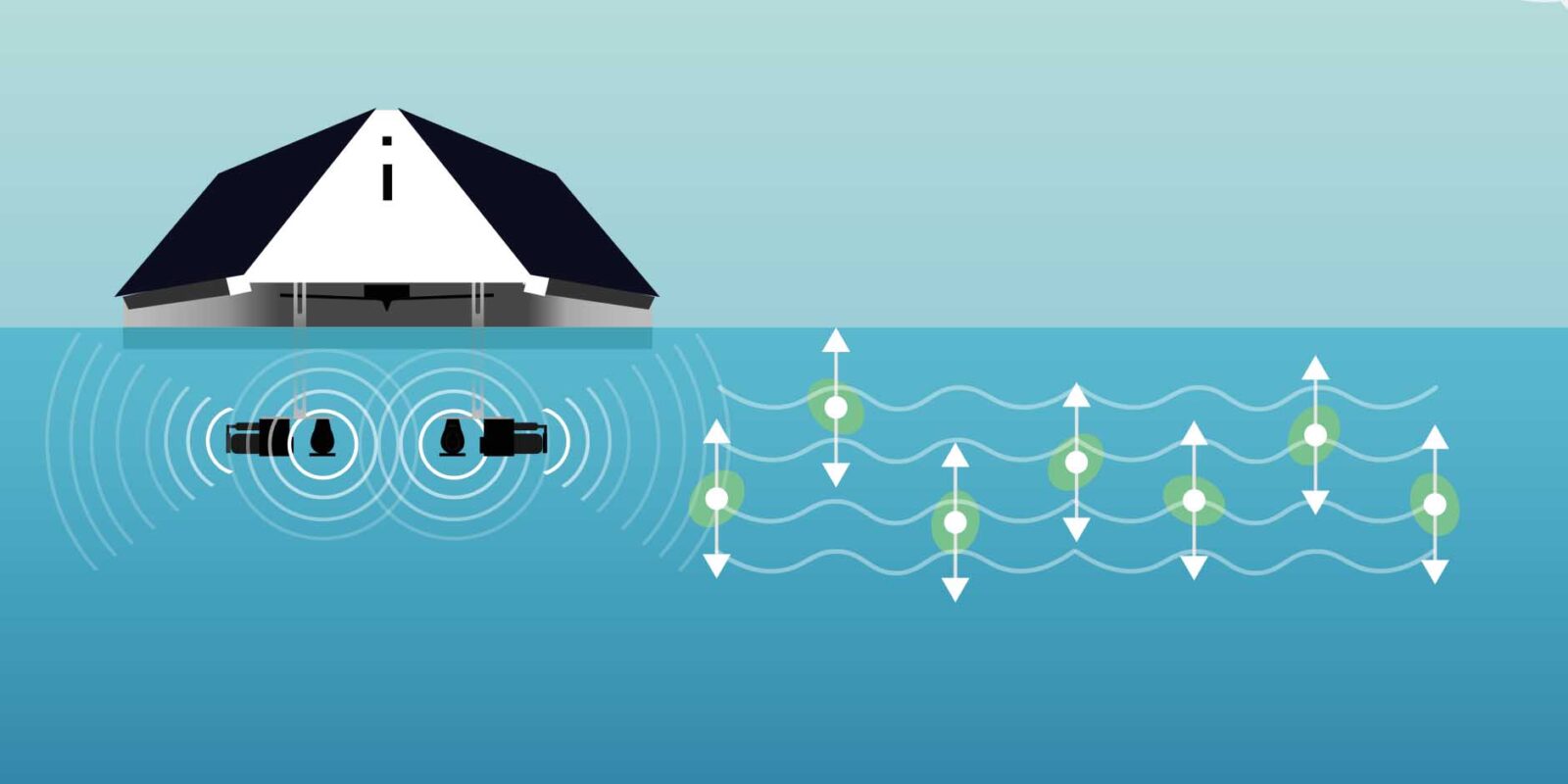In short
- Algae are highly adaptive organisms. They can survive in extreme conditions;
- They can adapt to all kinds of treatment methods, including ultrasound;
- Continuously changing the ultrasonic programs is essential for optimal treatment.
Algae – why are they so hard to control?
Algae are among the oldest organisms in the world. They’ve been around for at least 3.5 billion years, surviving throughout time due to their highly adaptive nature.
Many algae species can grow in water. Some are plant cells, while others are bacteria. Their size, shape, and cell characteristics can vary.
They can appear in freshwater, marine and brackish environments, and have been spotted in the most unusual places – hot springs, glaciers and ice sheet surfaces.
Some algae species endure extreme temperatures or pH values. They cope with fluctuations in these conditions better than other organisms such as plants.
Typically, the algae type that blooms depends on the water temperature and sunlight. This means algal types may change several times during one season.
When algae grow in excess, they become harmful. Foul odors and taste, disruptions in treatment processes, illness in humans, animals and plants – these are just some issues caused by harmful blooms.
Due to their adaptability, algae can easily become tolerant to algaecides and other treatment methods, including ultrasound.

How can you avoid algae resistance?
To control algae with ultrasound, it’s good to know that different algal sizes and shapes respond to different ultrasonic frequencies.
To address seasonal changes in algae species, the ultrasonic frequency must be specific and variable.
Most ultrasound technologies for algae control don’t adjust their ultrasonic programs; they mostly use a “broad spectrum frequency program.”
This means multiple ultrasonic frequencies are simultaneously emitted into the water to include the correct frequency.
However, many of these frequencies being sent out by these systems don’t actually affect the algae. The right frequencies are emitted in water for a limited time only, decreasing the equipment’s efficiency.
Therefore, treating algae with such systems raises algae’s tolerance to the ultrasound. Besides, these systems:
- Have limited effect on algal growth;
- Allow algal strain growth to become resistant after approximately three months of treatment;
- Lead to faster ultrasonic transmitter wear and tear due to unnecessarily high-power consumption.
Chameleon Technology™: how does it control algae?
We’ve conducted over ten years of research to determine the optimal frequencies, waveforms, and amplitudes that control various algae types.

We’ve built a comprehensive database with algal species, water quality characteristics, and applications related to the most adequate ultrasonic program. Our database is constantly expanding based on the information gathered by our systems (the MPC-Buoys) operating worldwide.
We are the only company providing ultrasonic algae control solutions based on a proven database designed in collaboration with renowned academic institutions.
Our MPC-Buoy systems measure algae types and water quality characteristics in real-time and predict new blooms up to 10 days before starting.
LG Sonic’s ultrasound, the Chameleon Technology™, is integrated into MPC-Buoys. Based on all the collected data, it automatically changes the ultrasonic programs for optimal algae control.
By continuously altering the ultrasonic waveform, duration, and amplitudes, the Chameleon Technology™ prevents algae from adapting to the ultrasound. This unique algae control method enables:
- Effective algae control with specific frequencies tailored to the exact species growing in the water;
- More broadband ultrasonic programs due to low algal concentration events for general protection;
- Doesn’t lead to ultrasound-resistant algal strains because ultrasonic programs adapt to changes in water;
- Autonomous adjustment of the ultrasonic program thanks to algal real-time monitoring and prediction;
- A long product lifetime due to the sturdy design.
